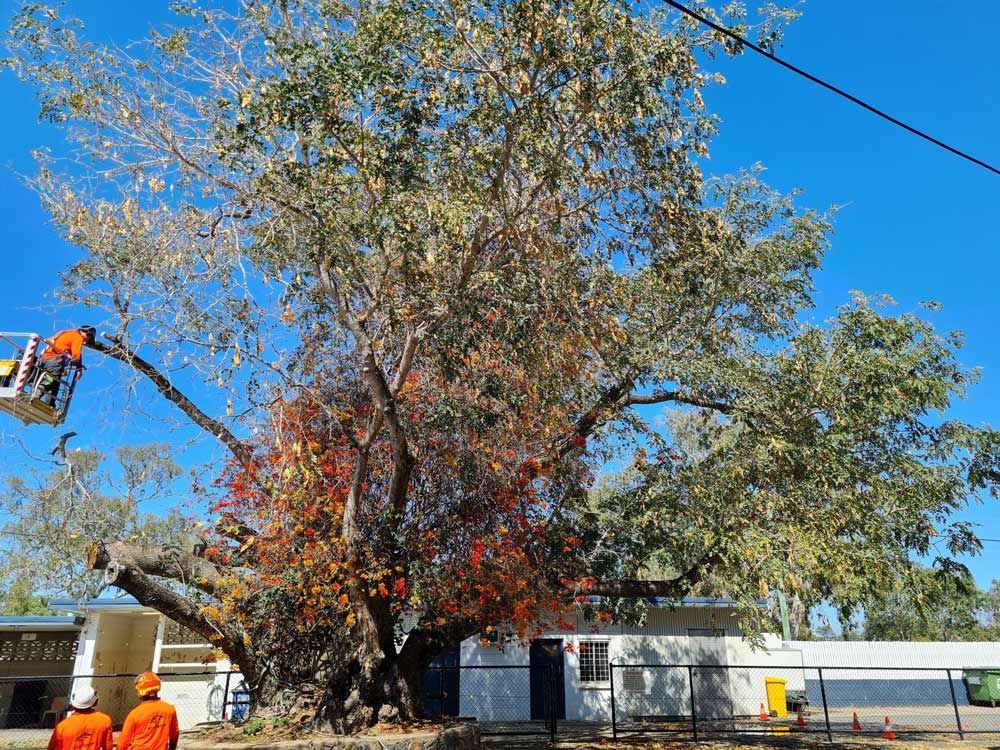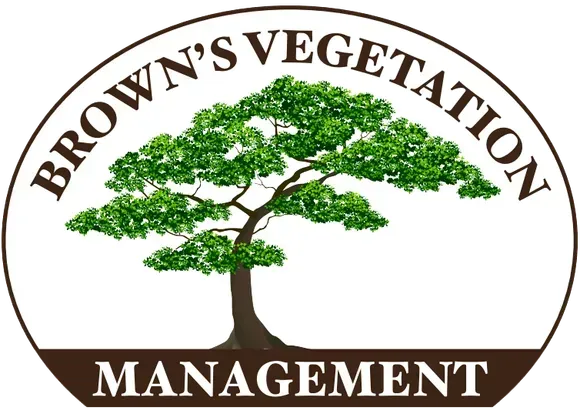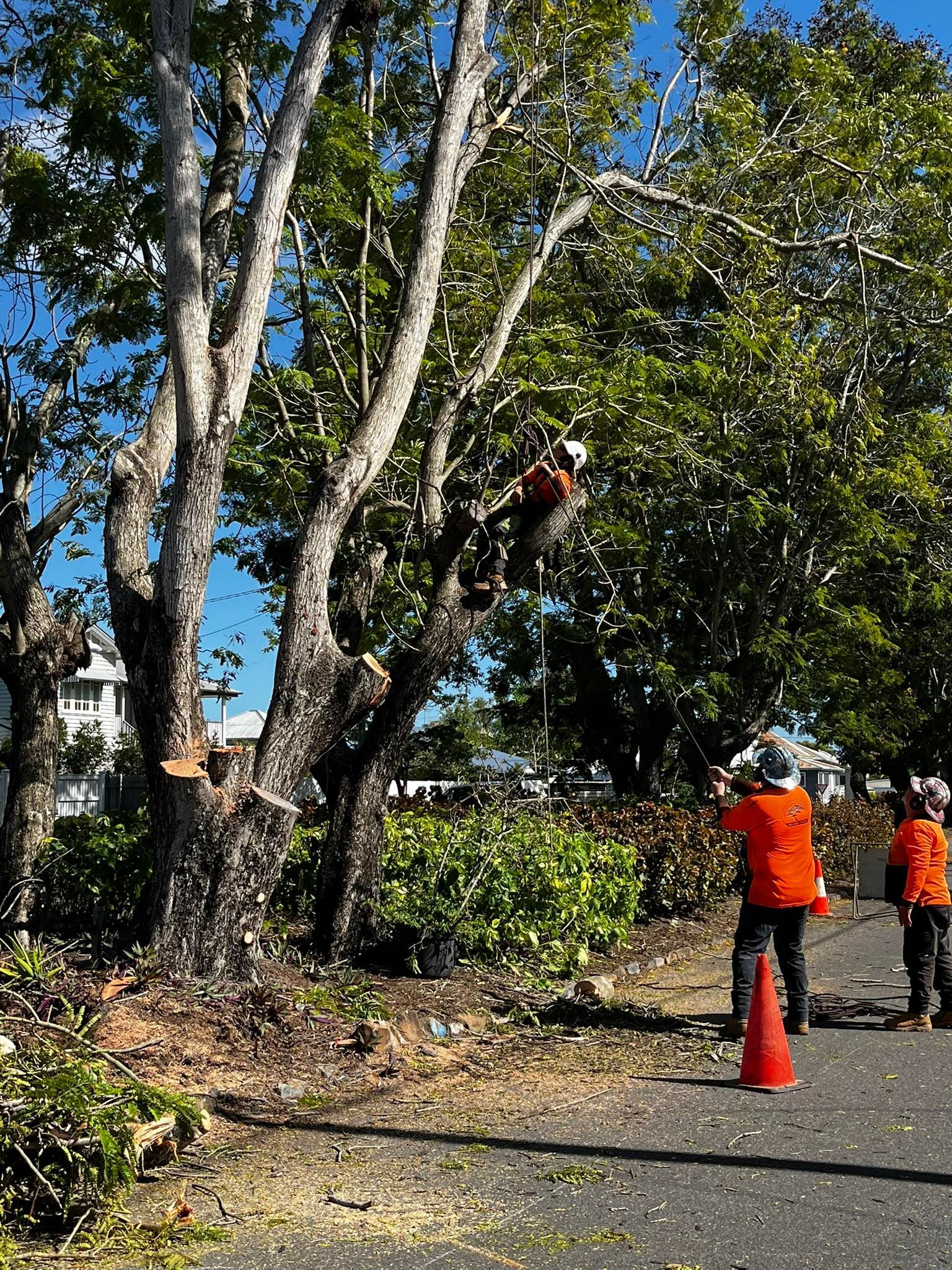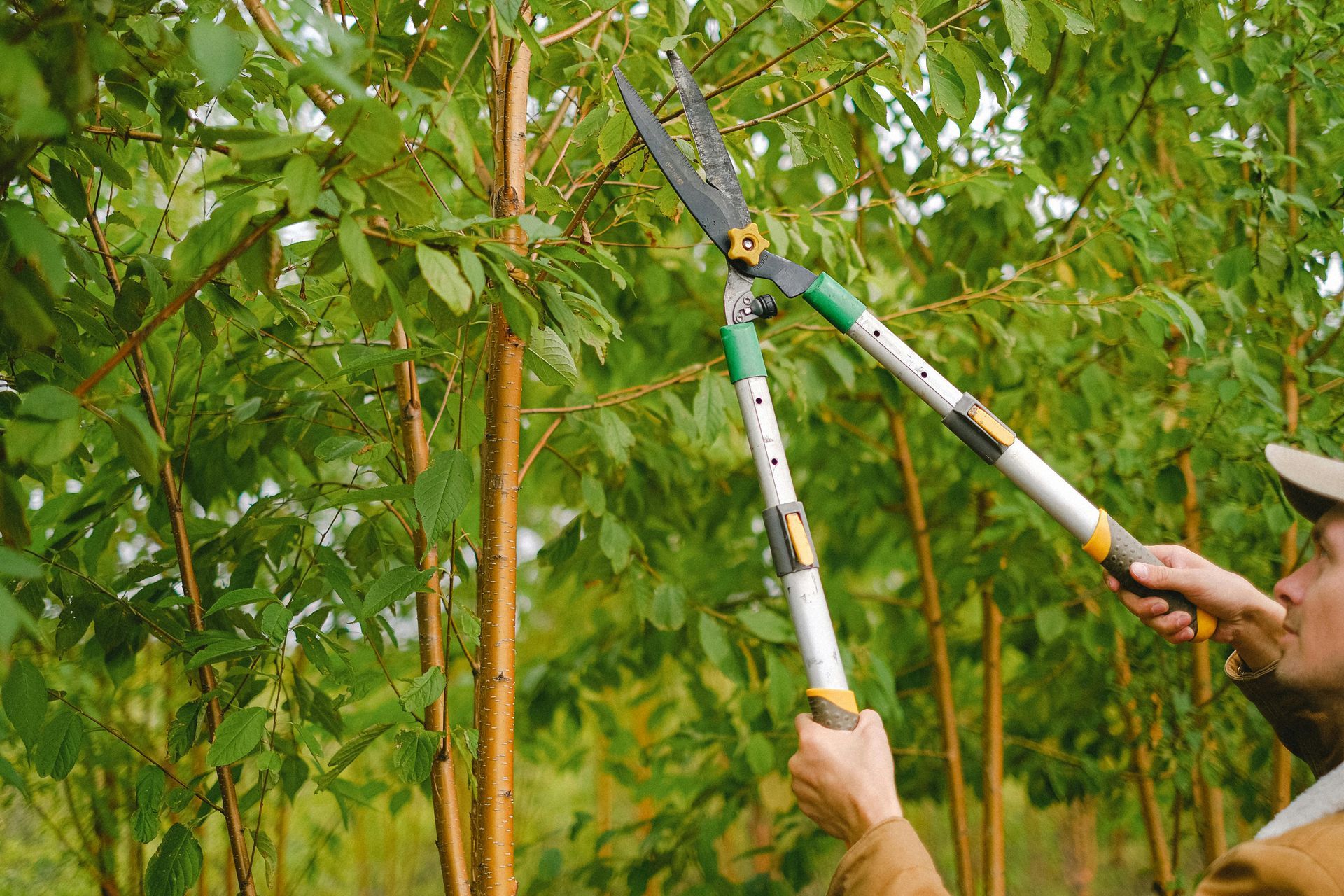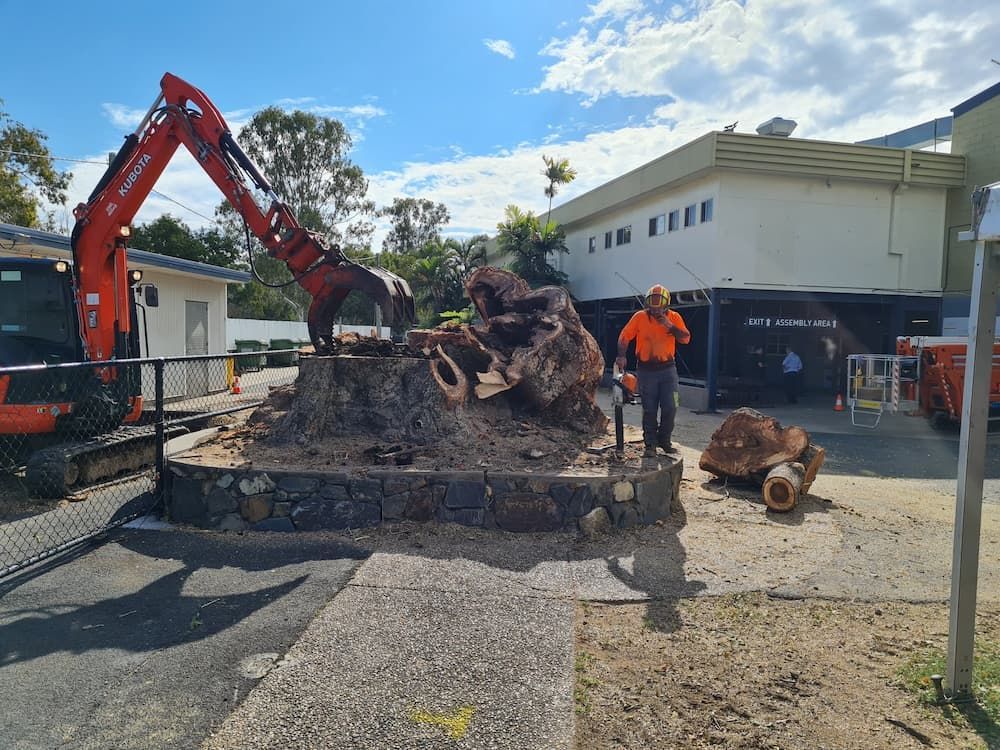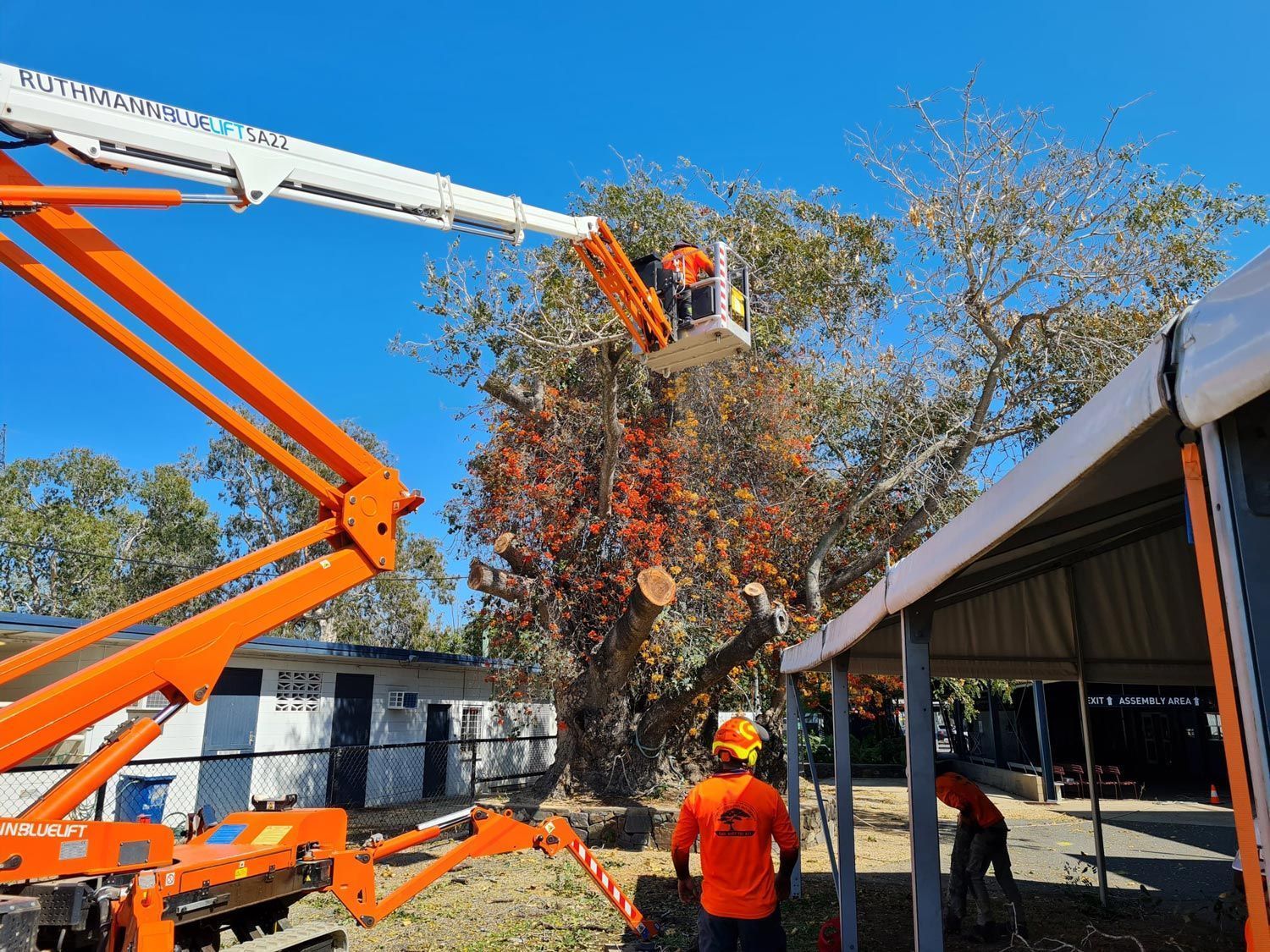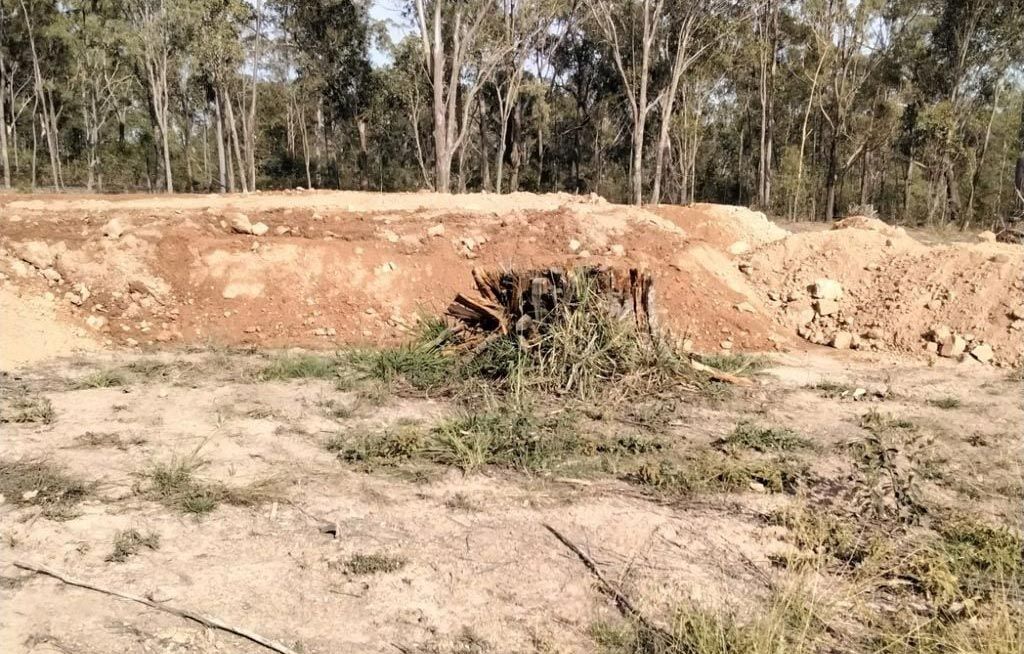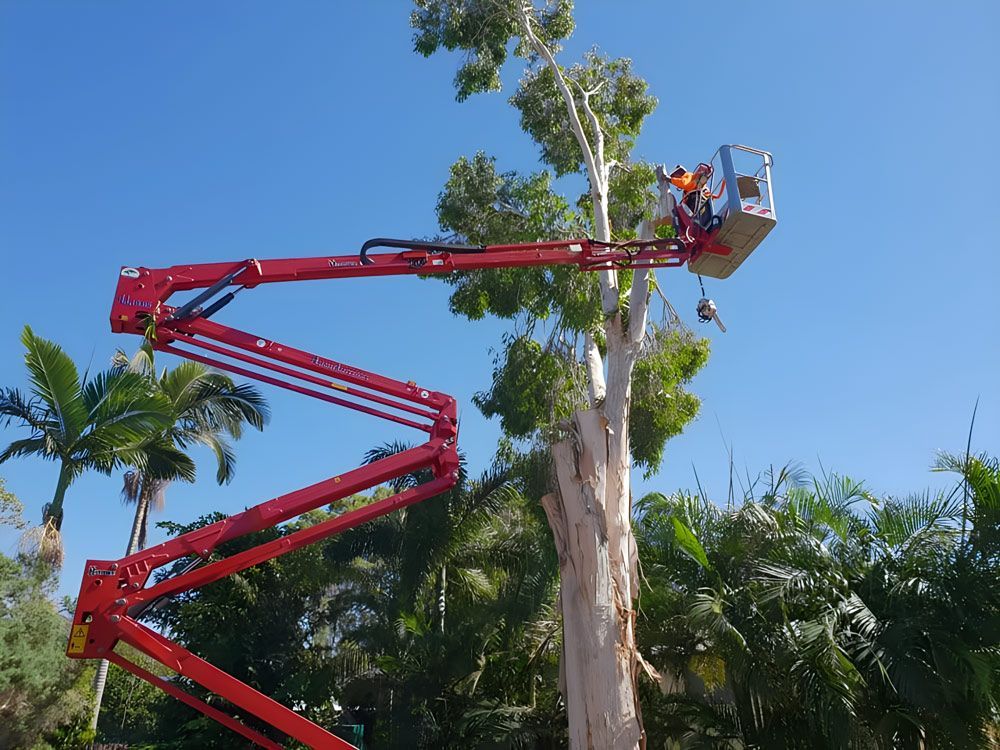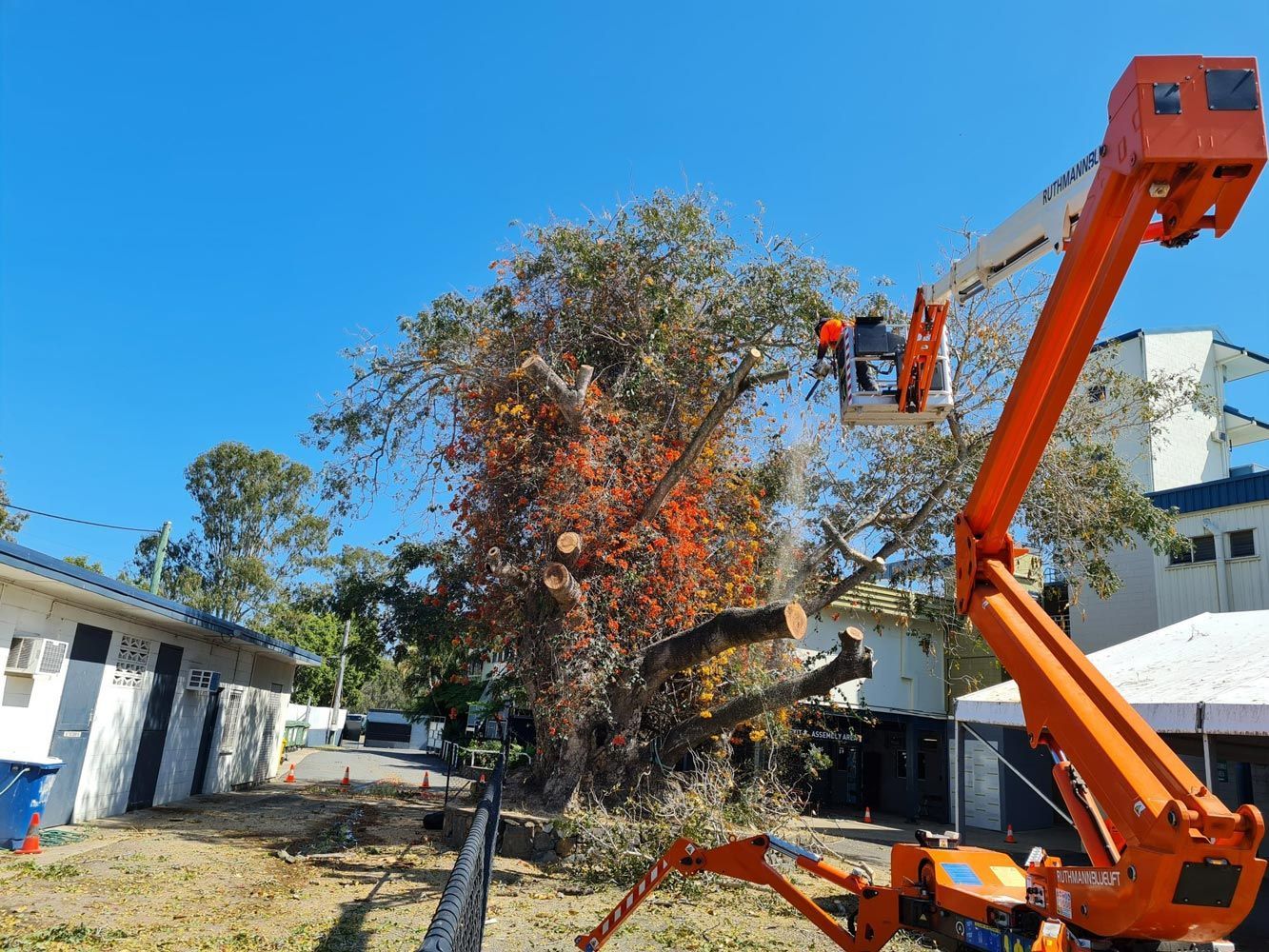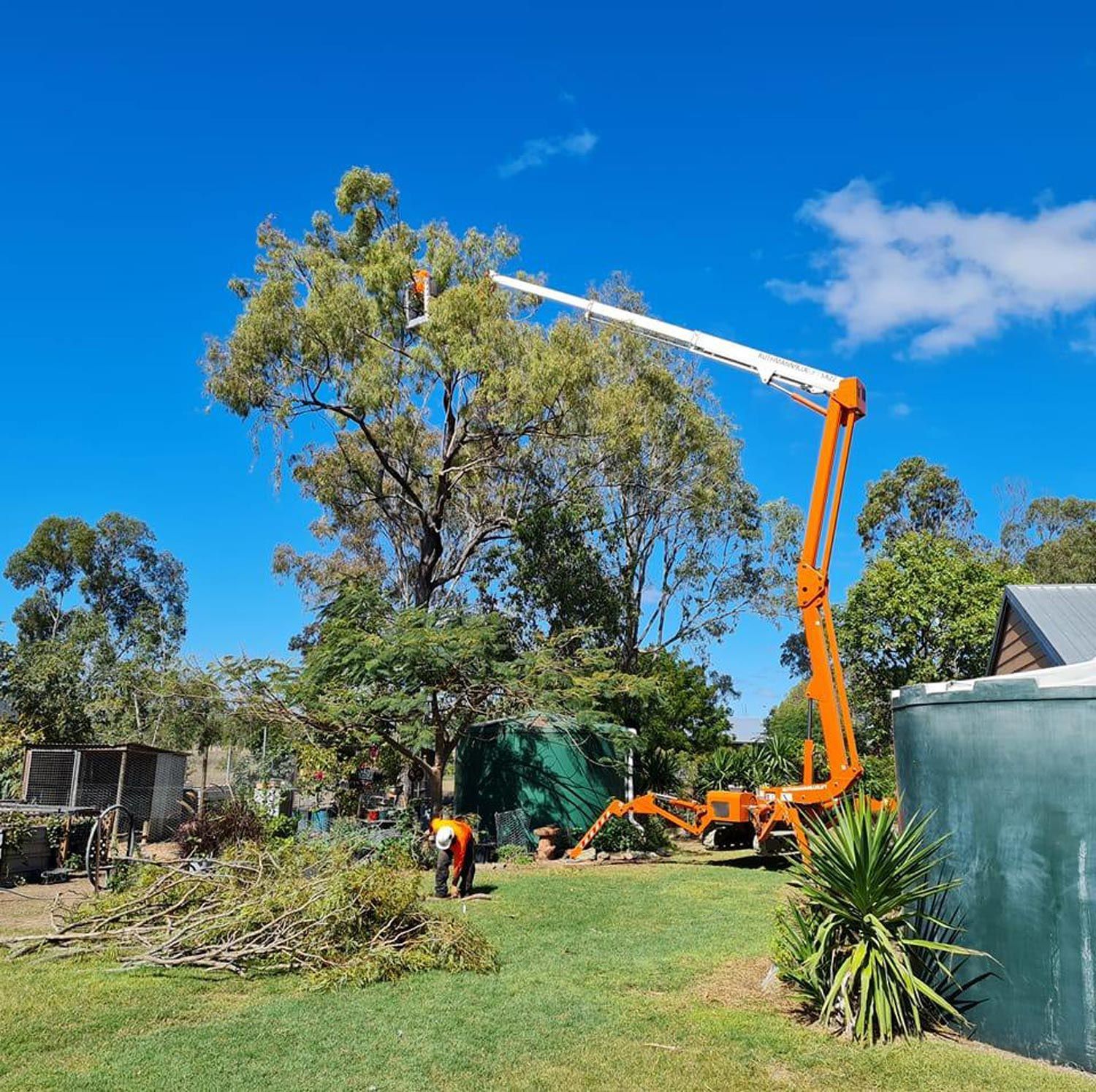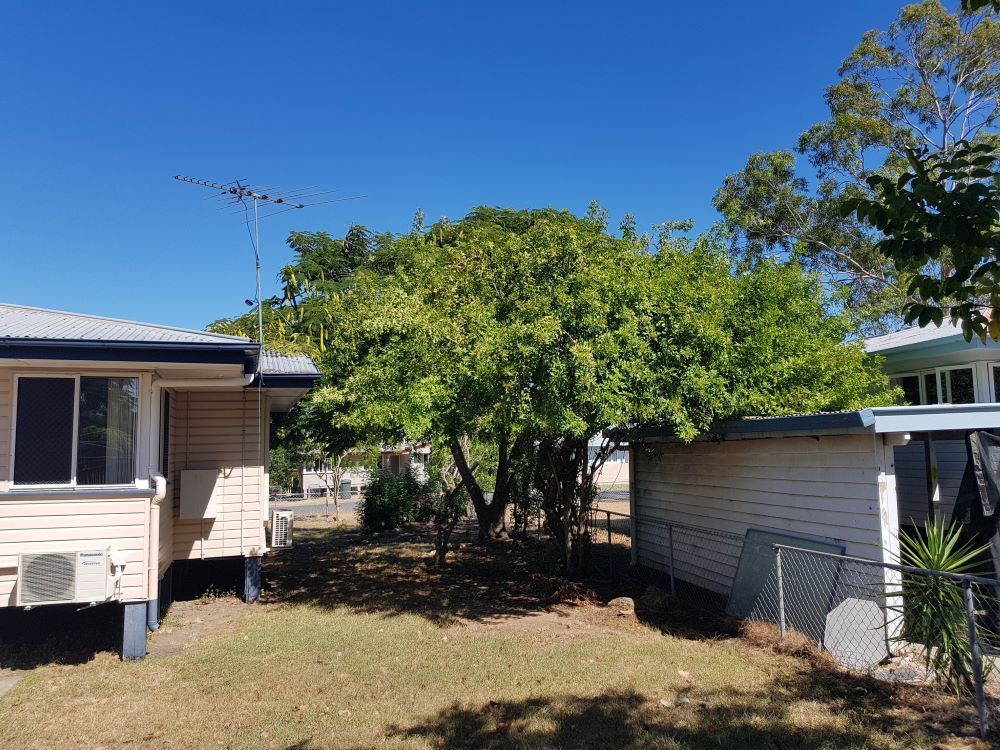7 Signs You Need to Schedule Tree Removal Services ASAP
Trees add charm, value and environmental benefits to any property—but when one starts showing signs of damage or disease, the risks can outweigh the rewards. Ignoring a potentially hazardous tree could lead to property damage, injury, or major clean-up costs, particularly in storm-prone regions. Whether you're managing a large block or a residential yard, recognising early warning signs allows you to act decisively. Here’s what to look out for when deciding if it’s time to call a certified arborist for tree removal services.
1. Visible Lean or Structural Instability
A tree that suddenly leans to one side, especially if the lean wasn't previously present, could be a sign that its structural integrity has been compromised. While some trees naturally grow at an angle, those that abruptly shift may indicate root damage or weakened soil support, particularly after storms.
Signs that a leaning tree needs urgent attention:
- Recent shift in position or increased tilt after wind or rain
- Visible upheaval of soil or exposed roots at the base
- Cracks in the soil indicate movement underground
- Leaning towards buildings, fences or pedestrian areas
If a tree leans noticeably and continues to tilt, a certified tree removal specialist can assess the danger and safely remove it before it becomes a bigger hazard.
2. Dead or Dying Branches High in the Canopy
When branches in the upper canopy begin to dry out or lose leaves out of season, it’s a sign the tree might be struggling. These limbs are often the first to go when a tree starts to decline, and if not dealt with, can fall during windy conditions and cause damage or injury.
Look out for these red flags:
- Brittle, leafless branches in the top third of the tree
- Bark peeling away or revealing dead wood underneath
- Large branches snapping off during light winds
- No new leaf growth in spring or patchy canopy coverage
Removing a tree showing signs of advanced dieback in the canopy can prevent dangerous debris from falling and allow space for healthier plants to thrive.
3. Large Cracks in the Trunk or Splits in Major Limbs
Cracks in the main trunk or major branches often mean the tree’s structural core is failing. These can be caused by storm stress, age or internal decay and weaken the entire tree's ability to remain upright or support its own weight.
Common crack-related symptoms:
- Vertical or horizontal splits in the bark or wood
- Hollows forming within the trunk
- Sudden oozing of sap from a central wound
- Deep cavities where water and pests collect
A tree with significant splitting should be evaluated as soon as possible. If the splits are severe or spreading, removal is often the safest solution.
4. Significant Root Damage or Decay at the Base
The health of a tree is largely dependent on its roots. If those roots are rotting, crushed, or severed through landscaping, soil compaction or construction, the tree loses its ability to draw water and remain anchored.
Indications of root system decline:
- Fungal growth, such as mushrooms, at the base
- Strong ammonia or decay odours near the roots
- Roots lifting or separating from the soil
- Sinkholes or depressions forming near the trunk
A tree’s root system is hidden, so signs of decay at the base often mean the problem is well advanced. In such cases, prompt removal is typically necessary to avoid a dangerous collapse.
5. Proximity to Powerlines, Roofs or Buildings
Even a healthy tree can pose a threat if it’s too close to infrastructure. Overhanging branches, root systems near foundations, and trees encroaching on overhead wires are high-risk and often require proactive management or removal.
Risk factors to watch for:
- Tree canopy touching or near powerlines
- Branches overhanging solar panels, tiles or skylights
- Roots buckling driveways or shifting pathways
- Tree crowding gutters or invading the roof space
Due to the high safety risks involved, tree removal in built environments should only be handled by certified professionals. Trained arborists use specialised equipment to dismantle trees without damaging nearby property or utilities.
6. Severe Storm Damage with No Chance of Recovery
Australia’s weather can be brutal on trees. Heavy winds, lightning strikes, and prolonged rainfall can damage even the sturdiest tree. Once the damage goes beyond repair, the best course is often complete removal to avoid future issues.
Storm-related damage includes:
- Major branches ripped or hanging loosely
- Tree split down the middle or showing open wounds
- Soil saturation causing loosened root hold
- Bark stripped or trunk wounds exposing the inner wood
Storm-damaged trees can deteriorate quickly and may attract pests, disease or fungi. Having a professional inspect storm-affected trees ensures they’re either stabilised or removed before they become dangerous.
7. Invasive or Undesirable Species Overtaking the Area
Though green and thriving, some trees aren’t suitable for all environments. Invasive species can overtake native vegetation, damage local ecosystems, or simply cause too much maintenance. They may grow too fast, drop excessive debris, or require more care than they’re worth.
Reasons to remove invasive or problem species:
- Excessive seeding, creating a weed-like spread
- High susceptibility to pests or disease
- Constant leaf, sap or fruit drop causing maintenance issues
- Root systems invasive to pipes or boundary lines
Tree removal is often recommended as part of a larger vegetation management plan when dealing with invasive or problem species. This clears the way for more sustainable, native planting choices and better overall land use.
Talk to Us About Vegetation Management in Rockhampton
If you’ve noticed any of these signs, don’t wait for the next storm to bring the problem crashing down. At Brown’s Vegetation Management, we provide tree services in Rockhampton for residential and commercial blocks for the construction of new homes, shopping centres and carparks.
Whether you're dealing with deadwood, invasive trees, or safety concerns near buildings and power lines, our arborists are here to help. Get in touch with us to schedule a consultation or to learn more about tree lopping in Rockhampton. Let’s keep your property safe, tidy and thriving.
